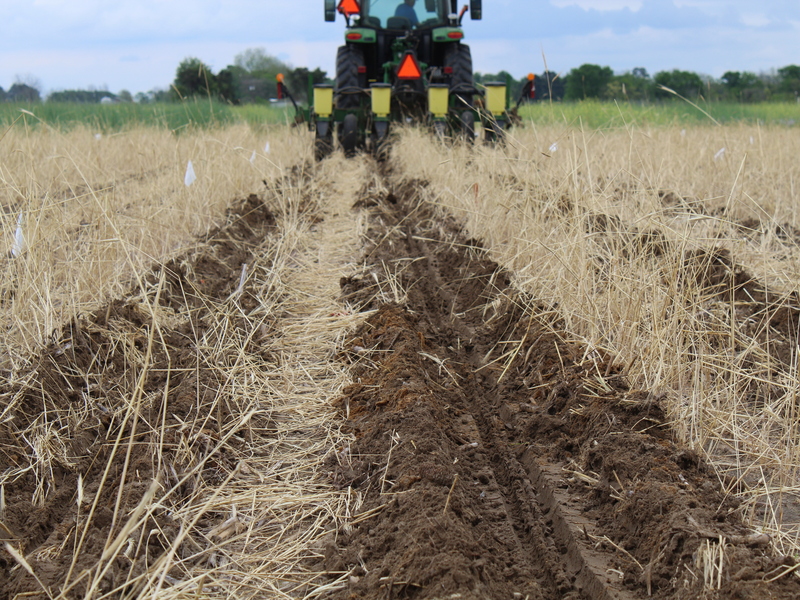Environment

A new study suggests we may have more opportunities to protect our waterways. That’s because one system for keeping too many nutrients out of streams could be used more widely than it is now.


The current modern economy creates a lot of waste. Waste that piles up in landfills, in water bodies and in city streets. In countries that can afford wastewater systems, human excreta are usually dealt with in a sanitary fashion. But for poorer countries, the disposal of human waste, especially in cities, can cause health problems.

Many people do not know that human waste can be recycled to benefit the environment. After intense treatment, it can be applied to fields in the form of biosolids.


If you’ve ever moved from one location in the US to another, you may know that different regions have different “hardiness zones” for outdoor plants. So, if you live in the south, and want to bring a prized rose bush when you move to a northern state, it most likely won’t survive.


The water cycle is a delicate balance. In natural settings, water from rainfall or snowmelt can soak into soil or runoff to streams. Some of the water is stored in natural underground reservoirs – called groundwater. Plants use up the water to grow, and then new precipitation refills the groundwater – a process called groundwater recharge.

Today’s cities don’t have walls for protection like ancient ones, but they are separate from less urban and rural land. Most goods that city-dwellers purchase are brought in from rural farms and manufacturers. There is an active community of urban gardeners and landscape architects who are trying to bring more of the “country” back into the city. And for good reason.

You may have heard the term “carbon sequestration.” In its basic terms, it refers to keeping and returning carbon to the soil. Since carbon is an element, how and why should this be done?

As most kids know, a big pile of mud can be a load of fun.
But not for farmers. Muddy fields mean too much water. And too much water means crops might not grow well.



